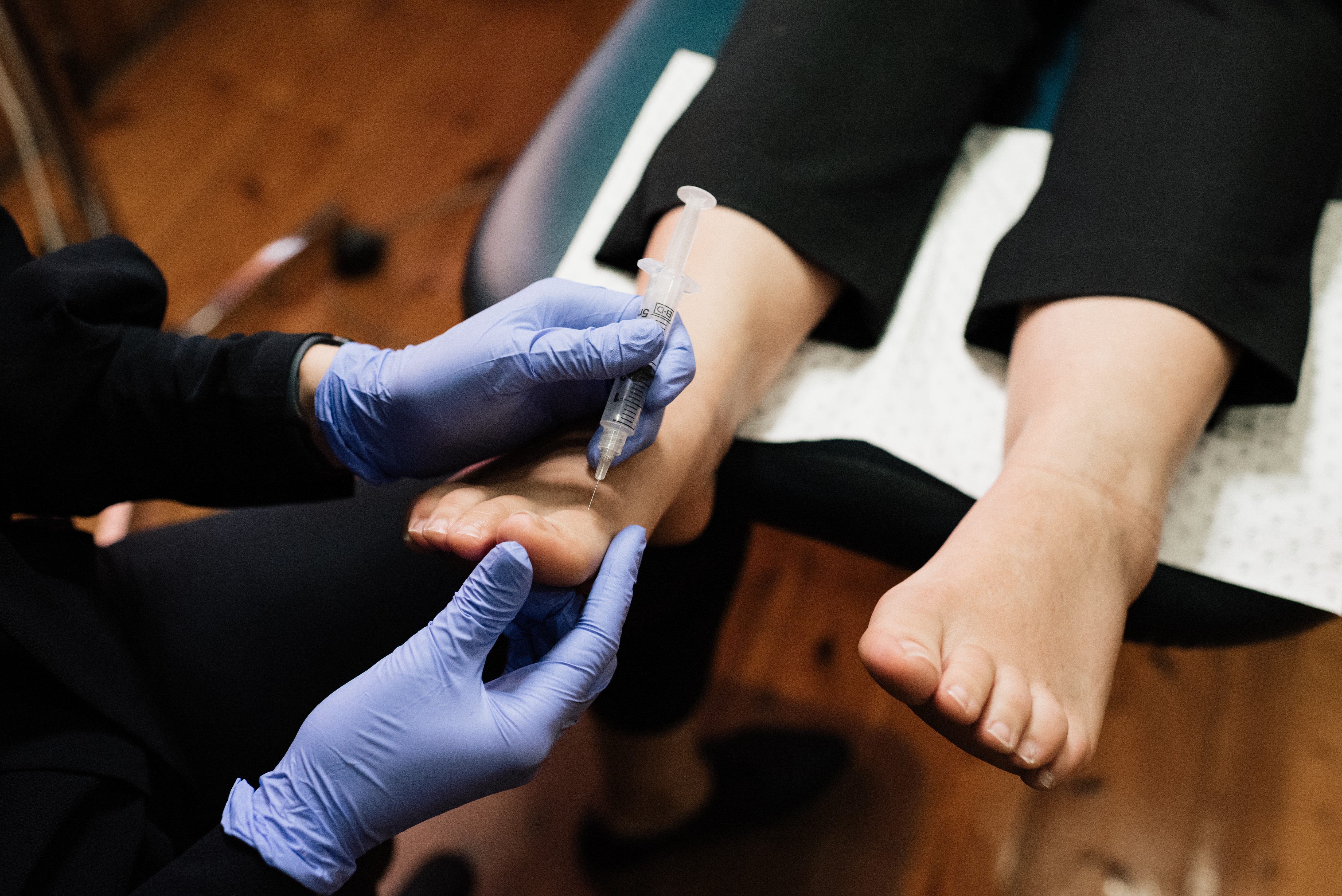
Ingrown toenails can be painful, unsightly and debilitating. This post explores the many different factors that drive an ingrown toenail and how to prevent their development or manage them successfully.

When is it time to change your running or walking shoes? How long do they really last and what are the main signs that your shoes are ready for a change?
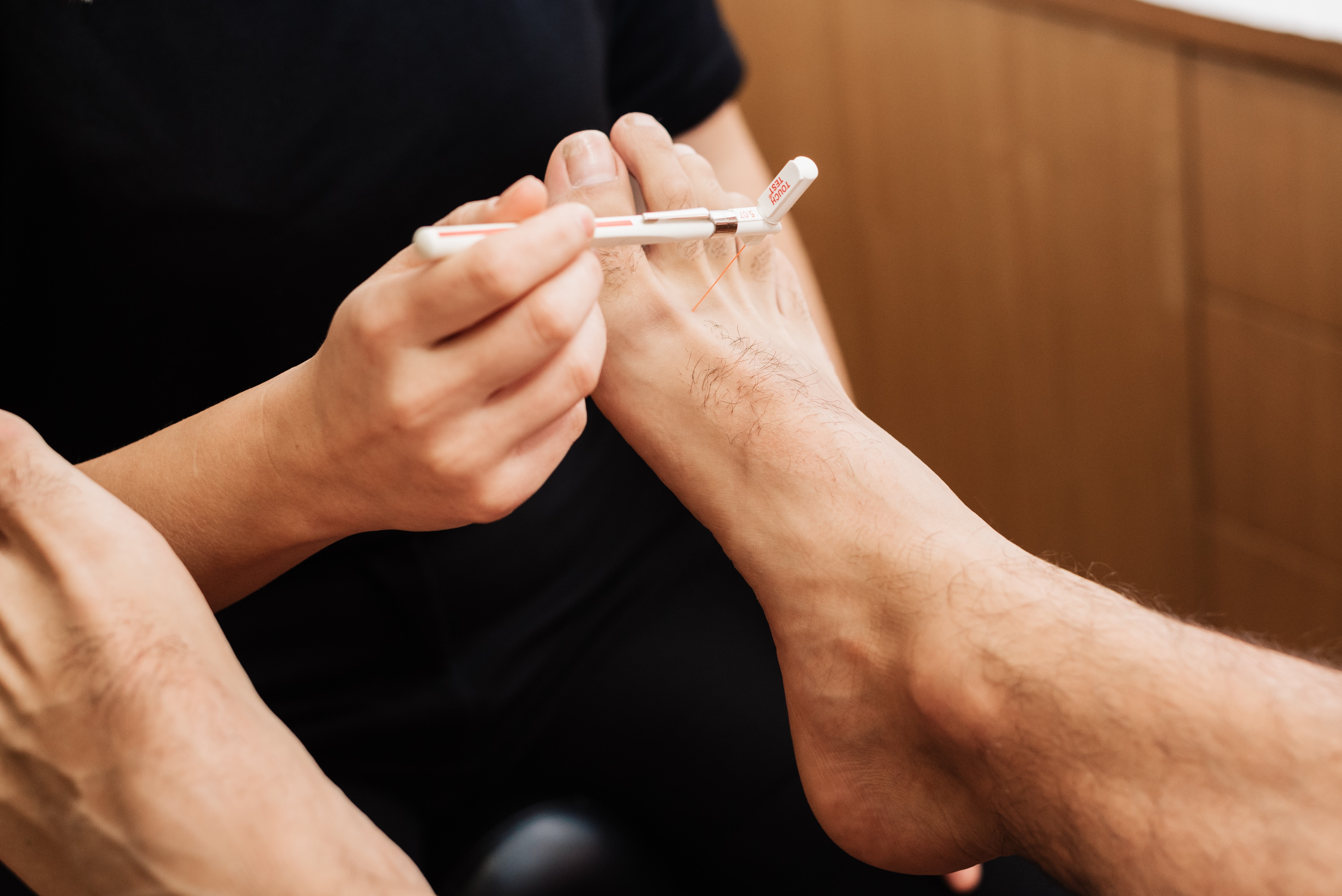
In the realm of diabetes management, where foot health plays a pivotal role, individuals in the Australian population are finding a trusted ally in PodSquared Podiatry. Specialising in comprehensive foot care, PodSquared Podiatry takes a proactive stance in addressing the unique challenges posed by diabetes. In this blog post, we'll delve into the tailored approach PodSquared Podiatry adopts to ensure optimal foot health for those managing diabetes.

Podiatrist Will Duncan presents a short video reviewing cycling shows and how they differ from running shoes (sneakers). Please enjoy.
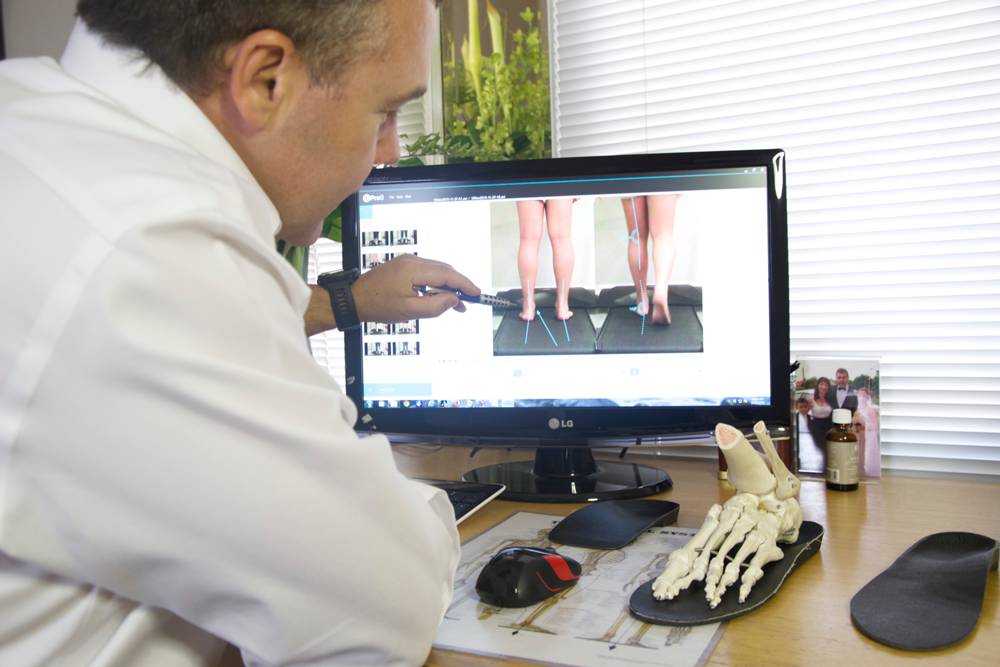
by Evan Savic Orthotics play an important role in podiatry and can be an effective treatment option in helping patients with different injuries, pain and foot function. Over the course of their lifespan orthotics can see a lot of wear and tear and it is important for your Podiatrist to review them in order to […]

What this article tells you What the most common cause of heel pain is in active young children How to understand it Presentation and expected findings Differential diagnosis (things to look out for) Management and treatment Contacting our podiatrists With the beginning of the new sports season we often seen an influx of children between […]

With the oncoming summer weather it is time to unveil our feet for all to see (and often judge) as we leave our closed-in winter shoes for sandals and thongs. Our feet are a good indicator of our general health and reflect our vascular, neurological and immunological status, providing your Podiatrist with early warning signs […]
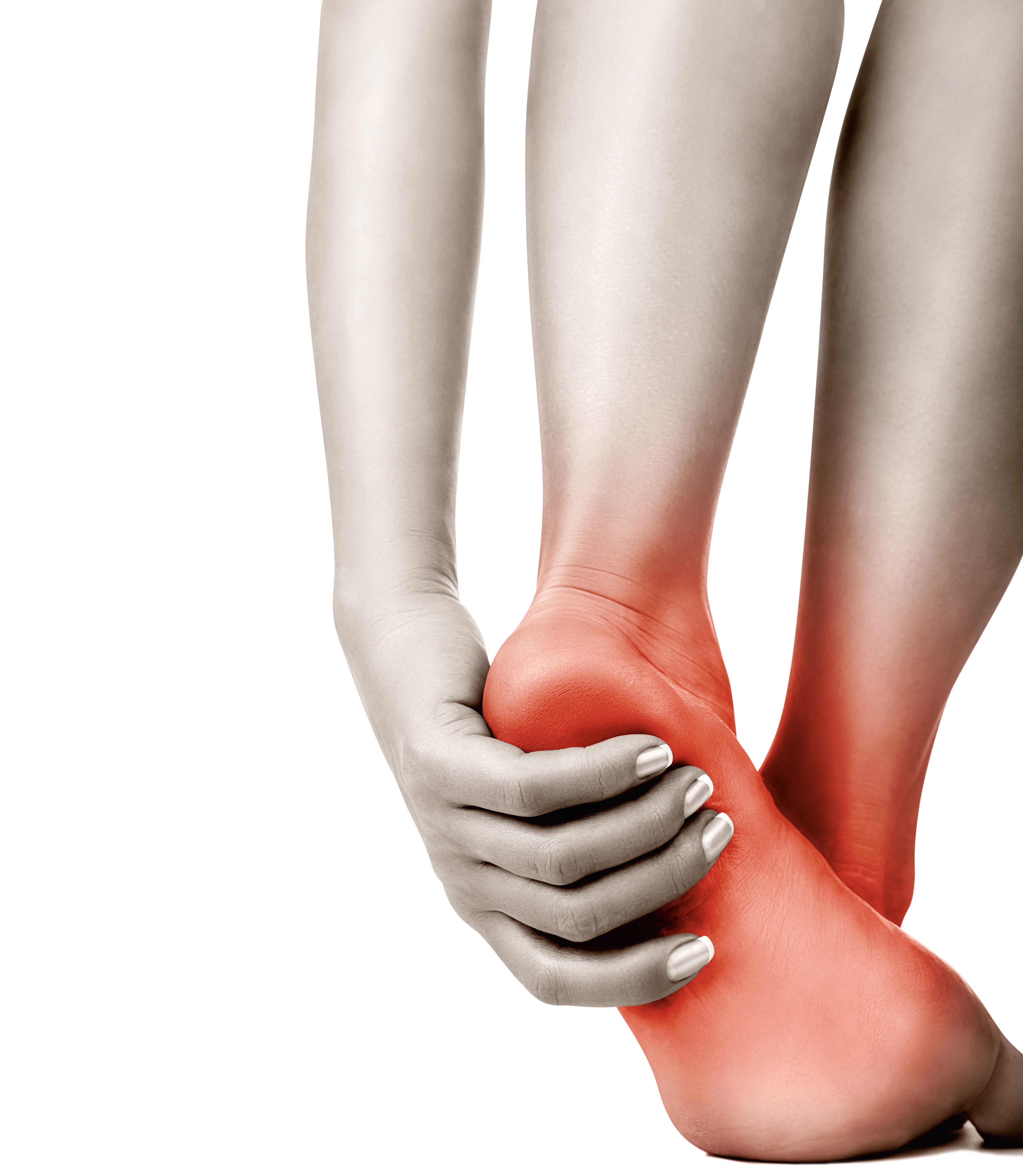
Plantar fasciitis & Plantar Heel Pain Syndrome – What’s the difference? Plantar fasciitis, or Plantar Heel Pain Syndrome (PHPS) is one of the most common conditions that presents to our clinic and is one of the most common causes of chronic heel pain in the adult population. Plantar Heel Pain Syndrome is a musculo-skeletal disorder […]

Foot pain is very common during pregnancy as an inevitable consequence of weight gain (mostly the weight of the baby) and ligament softening hormones, but that doesn’t mean you have to just grin and bear it. We have compiled a list of ten tips that are simple to follow and should help to keep to feet feeling […]
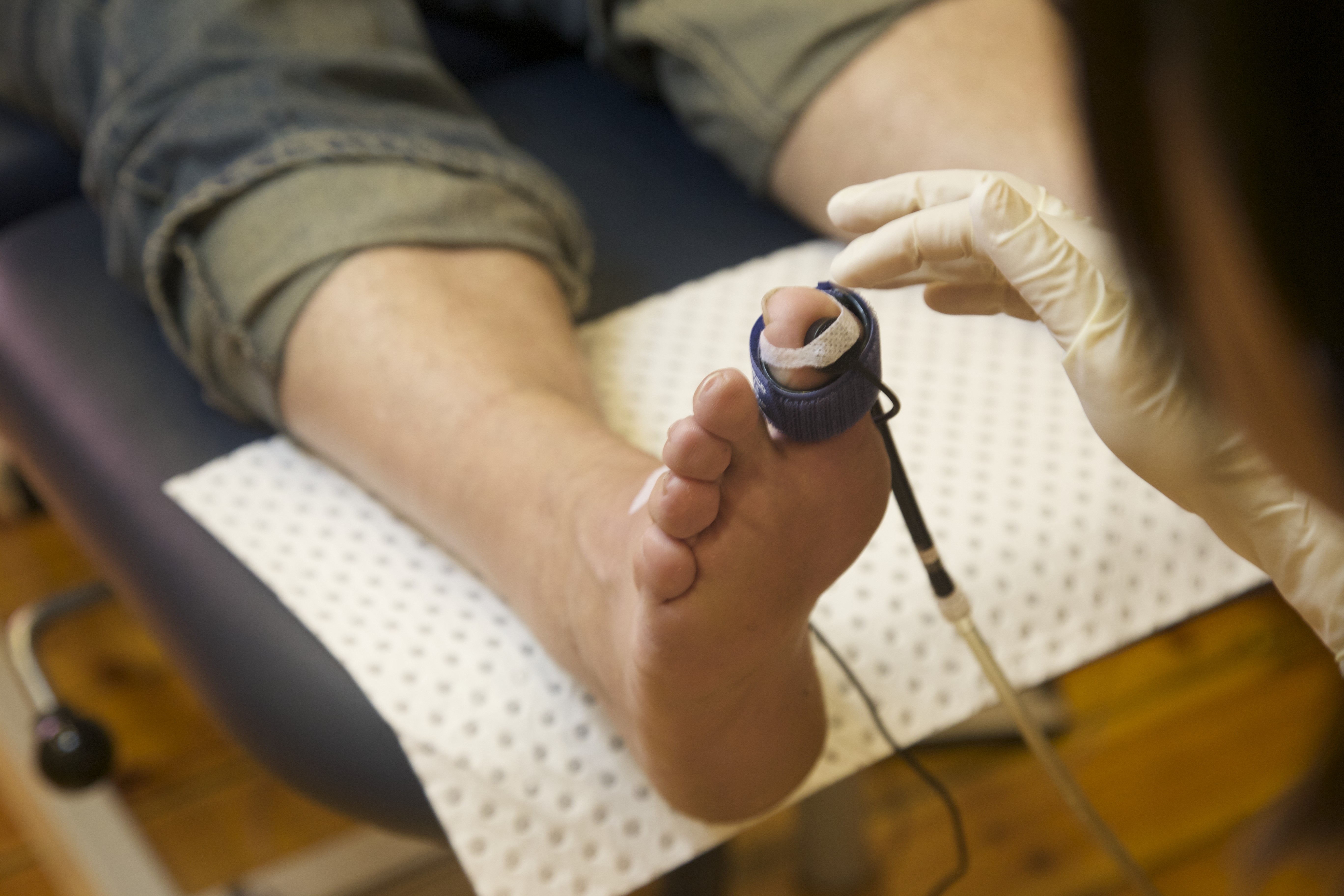
Most people are aware that a sedentary lifestyle, smoking and eating fatty foods leads to the narrowing of the arteries and blood vessels of the heart. Over time, this creates a build up of fatty deposits that can reduce and eventually block the flow of blood in those vessels, which can lead to heart attack […]
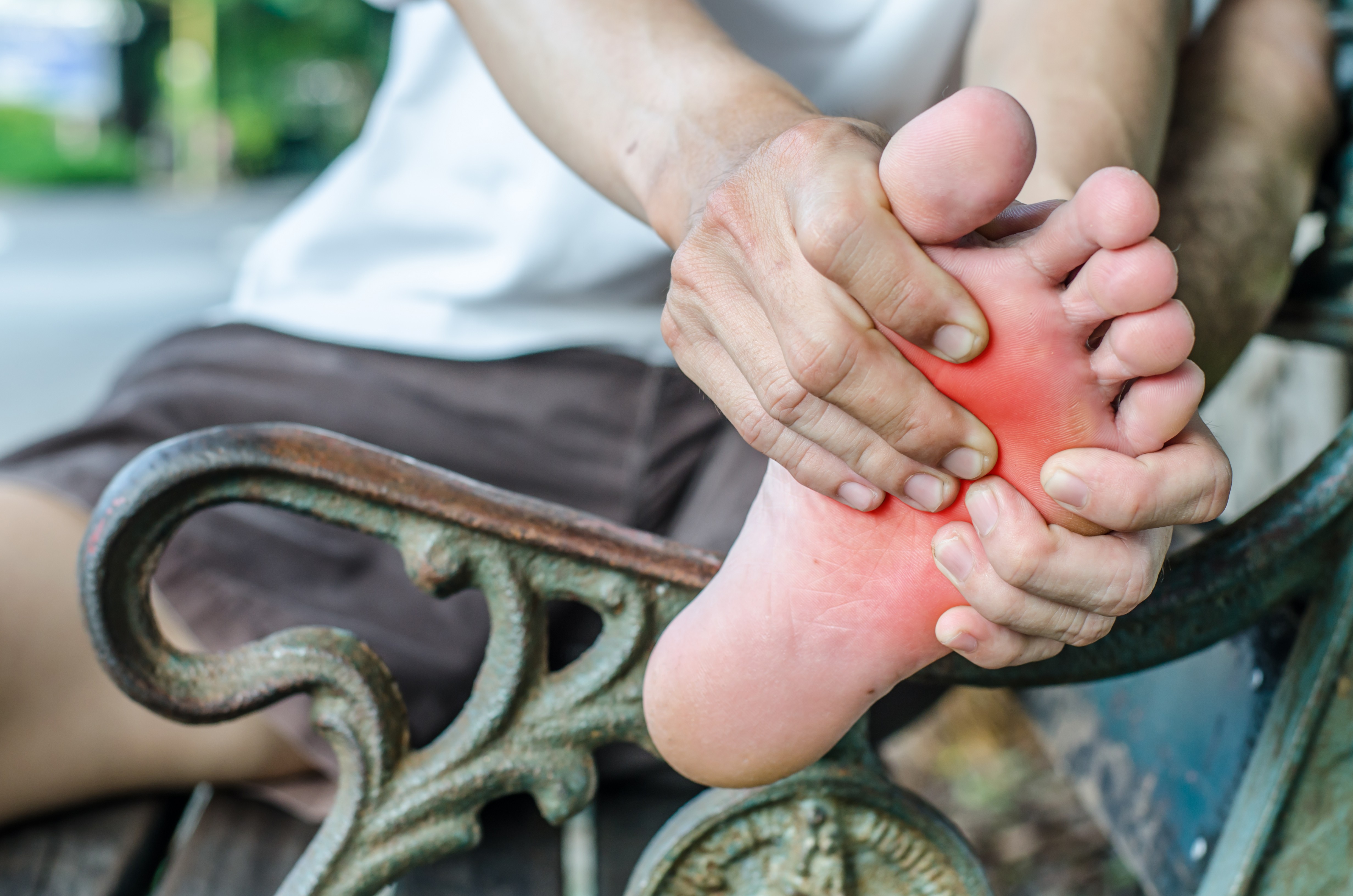
People often present complaining of pain in the front of the foot around the third and fourth toes. One common condition responsible for this pain is a neuroma or Morton’s neuroma. The following information should help to explain the how and why of a neuroma and what you can do to prevent and resolve this […]
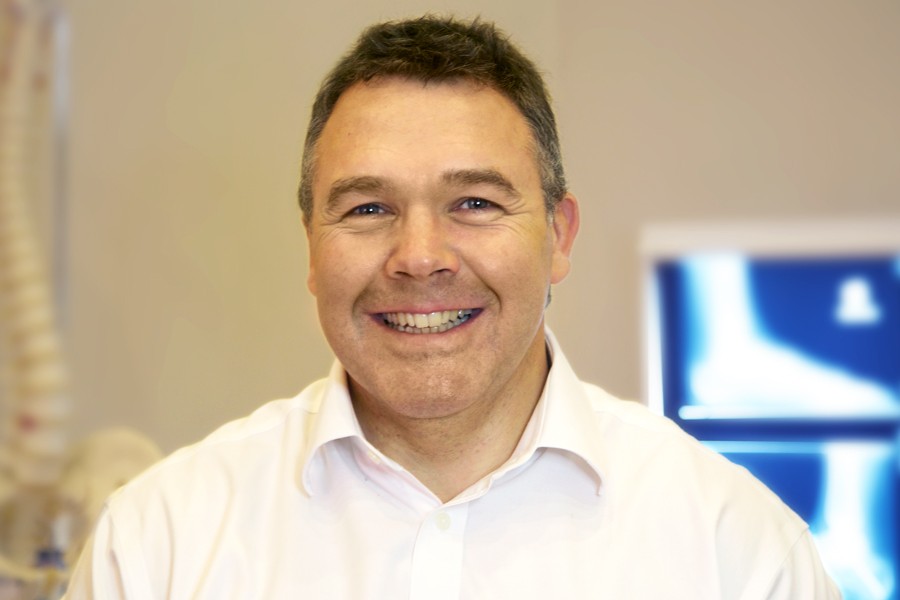
Foot pain affects most people at some time or another and Podiatrists are specifically trained to assess and treat foot and leg problems using safe effective and painless techniques. At PodSquared Podiatry we have structured our practice to care for your whole family. It doesn’t matter if you are just starting to walk, or have […]